Unit tests should be F.I.R.S.T. Where I means isolated (not only from external resources, but from other tests also). TestB should have single reason to fail - if requirement which it verifies is not implemented. In your case it can fail if TestA was not run before, but requirement for TestB is implemented. So you never can tell real reason of test failure.
If you need some preconditions to be set before running TestB, then you should add this preconditions setting to Arrange part of TestB.
UPDATE: Reuse of Unit Test Artifacts. Allow Us to Dream article is just a dreaming of re-using unit tests for integration testing:

In theory it looks interesting. But in practice unit tests and integration tests are very different. First should be isolated latter are quite the reverse - they should use real dependencies and external resources. Lets imaging you will use some dependency injection framework to provide different implementations of dependencies to your SUT - mocked for unit-tests and real for integration tests. Sounds good. But it will make unit tests very hard to maintain - you will not know setup of mocked object in current test, because you are moving arrange part of test out of test to dependency injection framework. All unit tests will have only act and assert parts, which will have some value, but they will be really hard to understand and maintain.
Next part is even worth - how would you configure dependency injection framework to provide different setups of mocks for every different unit test? Also integration tests will require additional setup and tear-down steps which don't exist in separate unit-tests (you should clear and fill database etc). Also I can't even imagine how long it will take to run several thousands of integration tests which require real database, services and files. Unit tests use mocks, thus they are fast. Integration tests are slow.
As you can see, these types of tests are very different by their nature. So just don't try to mix them and use each one as it supposed to be used.
